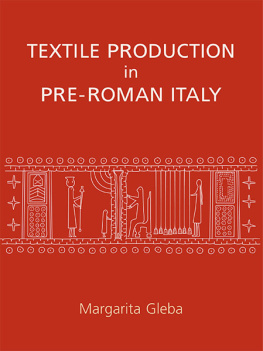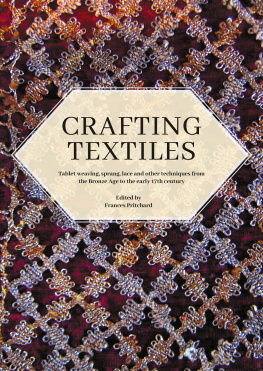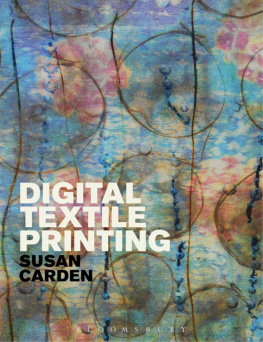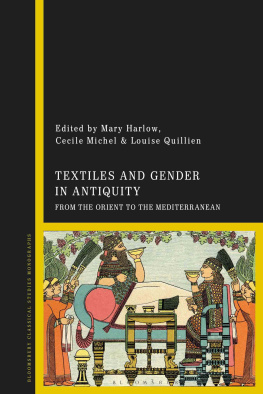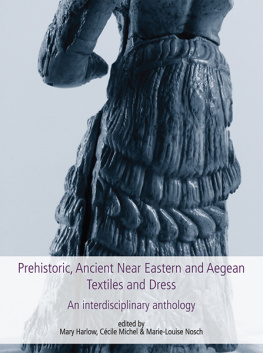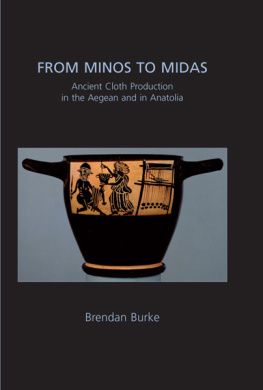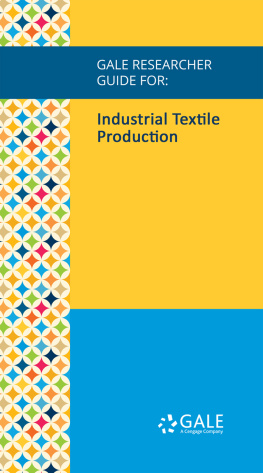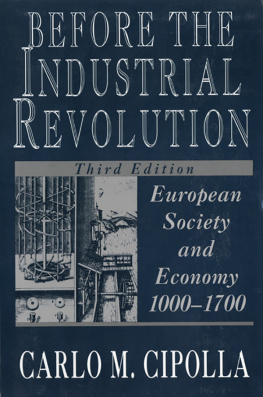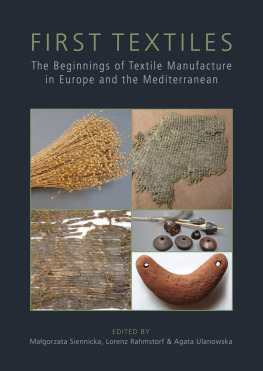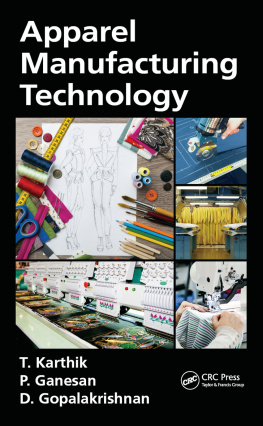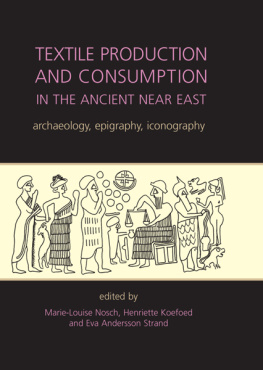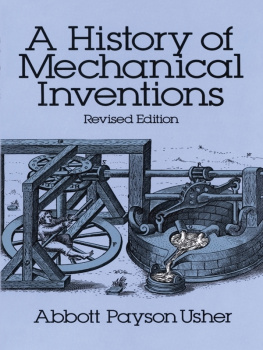Published by
Oxbow Books, Oxford
Oxbow Books and Margarita Gleba 2008
Hardback ISBN: 978-1-84217-330-5
E-pub ISBN: 978-1-78297-603-5
Mobi ISBN: 978-1-78297-604-2
PDF ISBN: 978-1-78297-605-9
A CIP record of this book is available from the British Library
This book is available direct from
Oxbow Books, Oxford
(Phone: 01865-241249; Fax: 01865-794449)
and
The David Brown Book Company
PO Box 511, Oakville, CT 06779, USA
(Phone: 860-945-9329; Fax: 860-945-9468)
or from our website
www.oxbowbooks.com
Front cover: Spinning and weaving women, drawing by Marianne Bloch Hansen,
inspired by images from Daunian stelae.
Ancient Textiles Series Editorial Committee:
Eva Andersson, Margarita Gleba, Ulla Mannering
and Marie-Louise Nosch
CONTENTS
LIST OF FIGURES
).
Marittimo, 7th century BCE (After Esposito 1999, 62 fig. 55); d) Tomb 23, Este Casa di Ricovero (After Chieco Bianchi 1987, 215 fig. 33 no. 97).
LIST OF TABLES
Notes on tables
The sites are presented in the chronological order. The data in tables is by no means complete, but are intended to illustrate the overview presented in . The presence of information on each parameter in the tables is contingent on its availability in relevant publications.
Abbreviations within tables
c. | century |
Cat. No. | Textile Catalogue Number |
D | Diameter |
EBA | Early Bronze Age |
FBA | Final Bronze Age |
fr. | fragmentary |
g | gram |
MBA | Middle Bronze Age |
mm | millimetre |
S | Spool |
LIST OF MAPS
.
PREFACE
This work is intended for both textile researchers and archaeologists working on pre-Roman sites in Italy. For the former group, I have included a brief background on chronology and the cultural history of Italy, while for the latter the steps of textile production process are explained in detail. Some aspects were necessarily simplified but the references throughout the text should provide guidance for readers wishing to explore specific topics further.
The material and sites studied were chosen to represent a range appropriate for the chronological and geographical limits of study. The choice of sites has also been heavily conditioned by the quality of published information available for them. The study relies as much as possible on the recently excavated sites where material has been recovered stratigraphically and recorded in detail. Since both excavation and publication of material vary drastically from region to region, evidence from some cultures happens to be better represented than from others. Thus, the prevalence of scholarship on the Villanovan and Etruscan cultures of pre-Roman Italy has dictated a heavier concentration on Central and North Italy in my study. Furthermore, since, apart from recently excavated sites, the data on spinning and weaving implements are poorly published for many Italic excavations, I have supplemented the picture with information gleaned during extensive visits to archaeological sites, collections, and museums of Italy in 20002003.
As a matter of consistency, I have chosen to use the current Italian names of tombs, sites and regions, except in the cases where an English equivalent is commonly recognised, such as Sicily (as opposed to Sicilia), Sardinia (as opposed to Sardegna) and so forth. The ancient equivalents are given when relevant.
The standard chronology is presented in the following table (after Guidi 1998, 143, and Pacciarelli 2000, 277):
Neolithic | 60002800 BCE |
Chalcolithic | 28002300 BCE |
Early Bronze Age | 23001700 BCE |
Middle Bronze Age | 17001350 BCE |
Late Bronze Age | 13501200 BCE |
Final Bronze Age | 12001000 BCE |
Iron Age/Villanovan | 1000750/700 BCE |
Orientalising | 750/700600 BCE |
Archaic | 600475/450 BCE |
Classical | 475/450300 BCE |
Hellenistic | 3001st century BCE |
). Latin and Greek sources are abbreviated according to The Oxford Classical Dictionary. Translations of Latin and Ancient Greek texts are from Loeb editions. Translations of secondary sources are my own.
ACKNOWLEDGEMENTS
This book is largely based on my PhD dissertation, written for the Department of Classical and Near Eastern Archaeology at Bryn Mawr College and completed in December 2004. My biggest thanks go to my mentor and dissertation advisor, Professor Jean MacIntosh Turfa, who has been there for me in spirit and deed from the very beginning and continues to provide her unwavering support. I also thank my co-advisor, Professor Richard S. Ellis for all his help with the project.
The research in the libraries of Rome and visits to the museums of Tuscany, Lazio and Umbria were accomplished with the help of the Bryn Mawr Ella Riegel grant in 20012002. My trips to the museums and sites in Veneto were funded by the Delmas Krieble Grant in 2002 and my travel in South Italy and Sicily was supported by the Archaeological Institute of America Olivia James Traveling Fellowship in 20022003. The writing of the dissertation was supported by the Whiting Fellowship in Humanities in 20032004.
I thank my parents who have supported me through every step of my graduate career. Special gratitude also goes to my friends Lesley Lundeen, Thomas Chen and Michelle Domondon, who have kept me sane throughout the writing process. Friends and colleagues who offered their insightful comments in response to the papers I have presented at various conferences while working on this project are too numerous to name I thank them with all my heart.
During the preparation of the manuscript for publication my colleagues at the Centre for Textile Research have provided invaluable help. Jean M. Turfa, Marie-Louise B. Nosch, Eva B. Andersson, Lise Bender Jrgensen, Franoise Rougemont, Dominique Cardon and Annemarie Stauffer have read the manuscript at its various stages and provided useful comments and suggestions. Claude Albore Livadie, Larisa Bonfante, Hero Granger-Taylor, Christophe Moulherat, Emanuele Papi, Annemarie Stauffer, Simonetta Stopponi and Bouke L. van der Meer provided important references and unpublished information. Any remaining errors are my own.
For illustrations and permissions for their use I thank Carmen Alfaro Giner, Marta Bazzanella, Alberto Cazella, Nancy de Grummond, Eero Jarva, David Morton, Museo Civico di Bologna, Antoinette Rast-Eicher, Lise Rder Knudsen, Annemarie Stauffer, Judith Swaddling, Anthony Tuck, University of Pennsylvania Museum of Archaeology and Anthropology, Zagreb Archaeological Museum. Many of the illustrations have been carefully re-elaborated by Sissel Tomm-Petersen and Marianne Bloch Hansen. The maps were made by Esbern Holms.
The publication of the book has been generously funded by the Alwyn M. Cotton Foundation Publication Grant and supported by the Danish National Research Foundations Centre for Textile Research.
I dedicate this work to my grandparents, arlota and Martynas Keelis.
Margarita Gleba
Copenhagen, November 2007
ABBREVIATIONS
Abbreviations of ancient sources |
Next page
